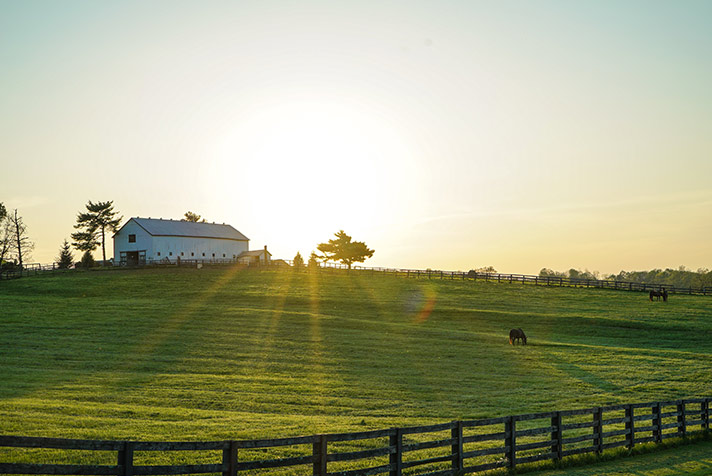On Real Estate & More – September 2021
On June 23, the Governor signed Senate Bill 391 into law. SB 391 allows an owner of a parcel at least two acres in size in an area zoned rural residential to build an accessory dwelling unit (ADU) on that parcel, provided there is already a single-family dwelling on the parcel. As such, this bill has the potential of increasing the State’s supply of housing—and potentially affordable housing—in areas where higher densities are not otherwise allowed. A similar bill, SB 88, failed in the 2019 legislative session.
By definition, rural residential zones exist outside of urban growth boundaries but have been excluded from the state’s resource land protections. With certain exceptions, those protections typically allow residential uses only in conjunction with a farm or forest use. However, in rural residential zones, a dwelling can be a primary use of the land. Unlike in urban single-family zones, rural residential zones did not have other by-right accessory dwelling options, making inter-generational, farm help, and affordable housing options in these zones very difficult to achieve. SB 391 will allow, but not require, counties to permit accessory dwellings on rural residential parcels that have an existing home.
Under SB 391, certain conditions and restrictions apply to these ADUs; the ADU may be no more than 900 square feet in usable floor area, and it must be located within 100 feet of the existing dwelling. SB 391 also prohibits use of the ADU as a vacation rental and prohibits dividing the parcel in such a way that would create a separate lot for the ADU. Finally, SB 391 allows for the dwelling and ADU to be considered a single unit for purposes of calculating exemptions from ground water rights requirements.
Here is a summary of the specific conditions of SB 391:
Counties may allow one ADU on lands zoned rural residential if the following conditions are met:
- A county adopts an ordinance to allow ADUs in rural residential zoned areas
- Lot or parcel that is two (2) acres or greater
- One single family dwelling is sited on the lot or parcel
- Located on a lot or parcel served by a fire protection service provider
- Complies with all applicable state laws relating to water supply, sanitation and wastewater disposal
- Limited to 900 square feet of useable floor space
- Complies with County siting standards (to be determined)
Prohibitions:
- Cannot be located more than 100 feet from the existing single-family dwelling
- Cannot be utilized for vacation occupancy
- Cannot be subdivided
- Are not allowed in urban reserves
Wildfire regulations:
- SB 391 includes numerous provisions relating to wildfire hazard mitigation including emergency access, defensible space, fire-resistant building materials and more.
Steps for local property owners to utilize the provisions of SB 391:
- Jackson County must decide whether to allow ADUs or not. If yes, then the Board of County Commissioners (Board) must adopt an ordinance to allow ADUs in Jackson County Code.
- The Board will decide if they would like to adopt the text of the bill as is, or if they would like to modify certain provisions—this bill allows counties to place additional conditions (be more restrictive) than the law.
- If the Board would like to develop and adopt additional local standards, they will need to decide the process to develop the local standards, including public engagement.
- Once the Board decides whether to adopt the bill as is or with additional local standards, the public hearing process to adopt the law into Jackson County Code will begin.
It is important to note that in addition to the provisions that Commissioners may choose to examine more closely, SB 391 depends on the adoption of statewide wildfire hazard maps and related provisions. The process of adopting these maps is governed at the state level, and it is estimated that final adoption of all relevant components will not occur until mid-2022 at earliest.
While this law is effective immediately and counties may adopt ordinances to allow ADUs, local governments cannot implement the law (meaning they cannot allow or approve ADUs) until the adoption of the statewide wildfire maps. The State is required to adopt the maps by June 30, 2022.

 Sandy J. Brown lives in Jacksonville and is a real estate broker and land use planner with Windermere Van Vleet Jacksonville. She can be reached at sandyjbrown@windermere.com or 831-588-8204.
Sandy J. Brown lives in Jacksonville and is a real estate broker and land use planner with Windermere Van Vleet Jacksonville. She can be reached at sandyjbrown@windermere.com or 831-588-8204.